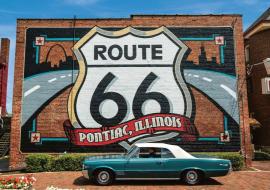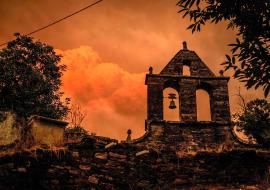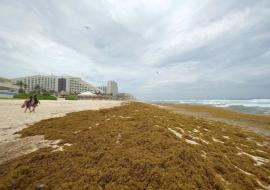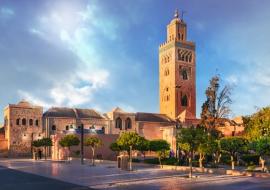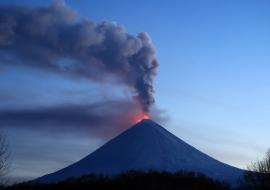Archeological Diggings at the Fraternidad Coffee Plantation
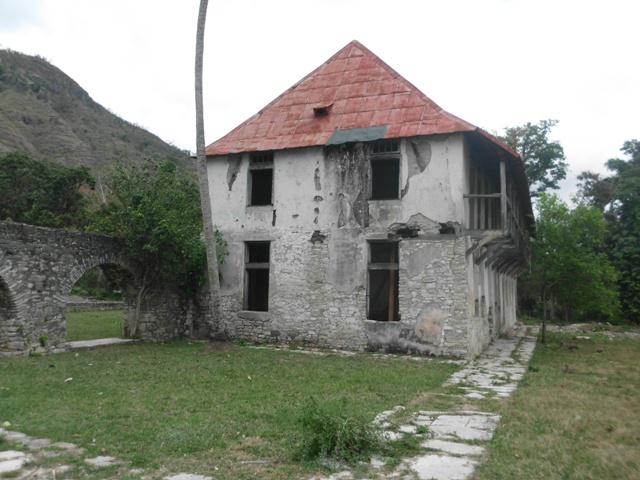
A year after the beginning of the archaeological works at the ancient Fraternidad (Fraternity) coffee plantation, in Santiago de Cuba, most of its solid productive and domestic structures are already visible.
Click on Santiago de Cuba: A City of 500 Years
Yaumara Lopez Segrera, head of the team appointed by the City Curator’s Office, explained that these structures were covered by a carpet of plants that grew over the years, and she outlined that the estate was built during the first half of the 19th century.
The specialist said that they have already found fermentation tanks, coffee drying sheds, water supply networks and other elements that will be restored along with the main house.
The whole process required scientific research and rigorous methodology, Lopez Segrera pointed out.
In the case of the house, it stands out in the hill of Ramon de las Yaguas settlement because of its two levels, thick walls and wooden structures with posts and beams designed to withstand earthquakes, a detail introduced in Cuba by French architects.
That’s the reason why it has stood over the centuries and survived hurricanes and earthquakes, since its owners conceived it nearly as a fortress.
Fraternidad Estate and the archaeological park with the same name are included in the Second Circuit of Coffee Pathways project, which is developed along with the French-Belgium Malongo Foundation and the European Union so as to save the coffee heritage in this region of the country.
This place will be the starting point of the tour, as well as an interactive museum where visitors will be in touch with the life of a coffee plantation, from the flowering period of the plant, the fruit, collecting stage and processing to the tasting moment.
The house is going to include a space to host national and international artists interested in being inspired by that country scenery, a perfect atmosphere to create.
There are ruins of other coffee plantations in the perimeter, so a performing circuit is going to be created and mock-ups will be used to identify each location.
The participation of the community is praiseworthy, both in the recovery works and the management of the project, as many inhabitants are identified as descendants of the former owners of the estates and slaves. Their surnames prove their condition.








